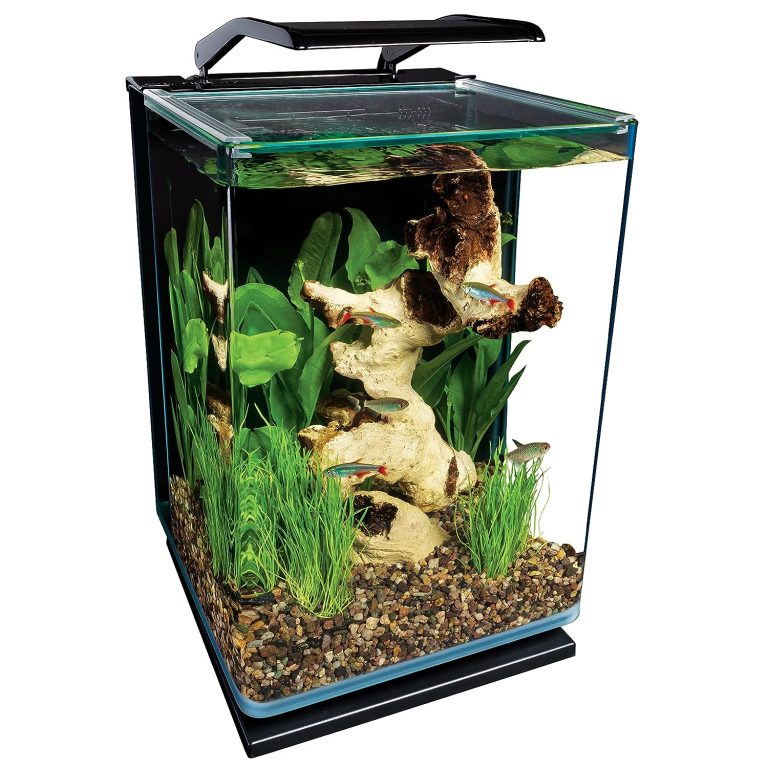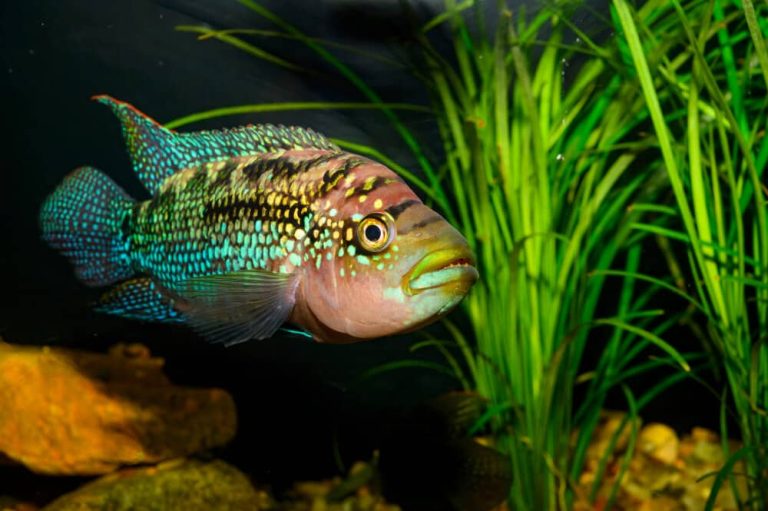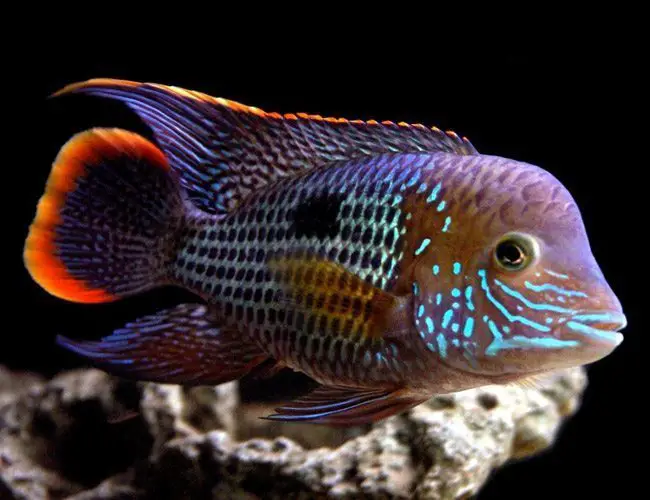Swim Bladder Disease
Swim Bladder Disease: A Comprehensive Guide
What is Swim Bladder Disease?
Swim Bladder Disease, also known as Swim Bladder Disorder or SBD, is a common ailment that affects many species of fish. The swim bladder is a gas-filled organ located in the fish’s abdomen, which helps them control their buoyancy and maintain their position in the water column. When the swim bladder becomes dysfunctional, it can lead to a variety of symptoms and issues for the affected fish.
Causes of Swim Bladder Disease
Swim Bladder Disease can be caused by a range of factors, including bacterial or parasitic infections, poor water quality, improper diet, and genetic predisposition. Stress, such as sudden temperature changes or overcrowded conditions, can also contribute to the development of this condition.

Symptoms of Swim Bladder Disease
Swim Bladder Disease manifests in several ways, and the symptoms may vary depending on the severity of the condition. The most common signs of SBD include:
1. Buoyancy Issues: Fish may have difficulty maintaining their position in the water. They may float to the surface or sink to the bottom.
2. Difficulty Swimming: Affected fish may exhibit erratic swimming patterns, struggle to swim upright, or exhibit a sideways or upside-down position.
3. Loss of Appetite: Fish with Swim Bladder Disease may lose interest in food or have difficulty eating due to their buoyancy problems.
4. Lethargy: Affected fish may become less active and display signs of general weakness or lethargy.
5. Bloating or Swelling: Some fish may show signs of bloating or abdominal swelling due to the dysfunction of the swim bladder.
Treatment Options for Swim Bladder Disease
Treating Swim Bladder Disease depends on the underlying cause and severity of the condition. Here are some common treatment options:
1. Water Quality: Maintaining optimal water conditions is essential in preventing and managing Swim Bladder Disease. Regular water changes, proper filtration, and appropriate temperature levels can help alleviate stress and improve the fish’s overall health.
2. Dietary Adjustments: Providing a balanced diet is crucial for fish health. Feed your fish a varied diet of high-quality pellets, live or frozen foods, and fresh vegetables. Avoid overfeeding, as it can lead to digestive issues and worsen swim bladder problems.
3. Medication: In cases of bacterial or parasitic infections, you may need to administer medications as prescribed by a veterinarian experienced in fish health. Follow the instructions carefully and monitor the fish’s progress.
4. Isolation and Quarantine: When dealing with Swim Bladder Disease, it is essential to isolate affected fish to prevent the spread of infection or stress from tankmates. A separate quarantine tank can provide a less stimulating environment for the fish to recover.
Preventing Swim Bladder Disease
Prevention is always better than cure when it comes to Swim Bladder Disease. Here are some steps you can take to reduce the risk for your fish:
1. Maintain Water Quality: Regularly test water parameters such as ammonia, nitrite, and nitrate levels. Keep the tank clean and provide appropriate filtration to ensure optimal water quality.
2. Proper Diet: Feed your fish a balanced diet that meets their nutritional needs. Provide a variety of food types, and avoid overfeeding.
3. Reduce Stress: Avoid sudden temperature changes or overcrowding in the tank. Provide hiding spots and suitable tank mates to reduce stress on the fish.
4. Quarantine New Additions: Quarantine new fish before introducing them into an established tank. This will help prevent the introduction of diseases or parasites that could affect the swim bladder.
Frequently Asked Questions
Q: Can Swim Bladder Disease be cured?
A: Swim Bladder Disease can be managed and sometimes even cured with the right treatment and care. However, in some cases, fish may have a chronic condition that requires ongoing management.
Q: Can Swim Bladder Disease affect all types of fish?
A: Swim Bladder Disease can affect a wide range of fish species, including popular aquarium fish like goldfish, bettas, and angelfish.
Q: How long does it take for fish to recover from Swim Bladder Disease?
A: The recovery time for fish with Swim Bladder Disease can vary depending on the underlying cause, the severity of the condition, and the effectiveness of the treatment. It may take anywhere from a few days to several weeks for a fish to fully recover.
Q: Can Swim Bladder Disease be prevented in goldfish?
A: Yes, Swim Bladder Disease can be prevented in goldfish by maintaining optimal water conditions, providing a balanced diet, and avoiding overfeeding. Regular observation and prompt action can help catch any early signs of the disease.
Final Thoughts
Swim Bladder Disease is a common ailment among fish, but with proper care and management, it can be successfully treated and prevented. It is essential to maintain optimal water quality, provide a balanced diet, and limit stress factors to ensure the overall well-being of your fish. Regular monitoring and prompt action can make a significant difference in preventing and managing Swim Bladder Disease. By staying informed and taking proactive measures, you can create a healthy and thriving aquatic environment for your beloved fish.






